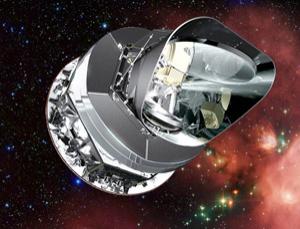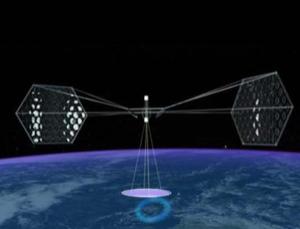
© NASAEurope's Planck satellite will measure the big bang's afterglow with unprecedented precision
Cosmologists are doing the happy dance. The European Space Agency's
Planck mission is busy surveying the cosmic microwave background, aka the "echo" of the big bang, and in 2013 will release a feast of data that promises to deliver profound new insights into the origin of the universe.
Surely a victory for science? Only, it seems, if cosmologists can resist the temptation to gorge themselves on all those goodies.
A trio of astronomers have warned that, unless we use the information sparingly, we risk squandering a once-in-eternity opportunity (see
arxiv.org/abs/0909.2649). If the whole data set is released at once, as is planned, any new ideas that cosmologists come up with may have to remain untested because they will have no further data to test them with.
This is a problem unique to cosmology. In other sciences, additional information is always available: you can always reset and rerun an experiment, or go out into the field to collect more data. Because of our fixed location in the universe, however, cosmology doesn't have that luxury. There is only a finite amount of information we can gather about the universe, and once we gather all there is to know about one aspect of it - in this case the temperature fluctuations in the cosmic microwave background - the well runs dry.
